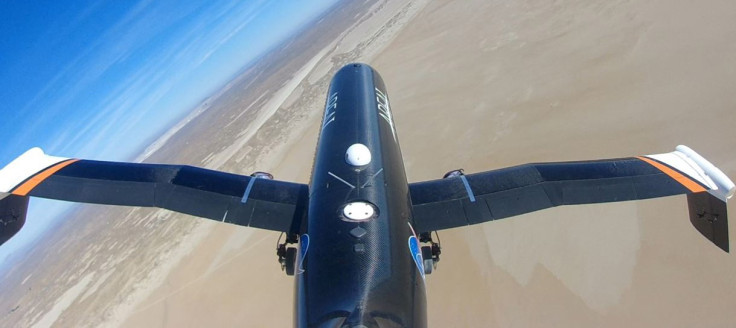What is shape memory alloy? Nasa tests revolutionary material to make aircraft wings foldable
The light material will also be tested on an F-18 fighter jet to make its wings foldable.

Nasa has flown a demo aircraft to test the functionality of a revolutionary material which makes plane wings foldable.
The compact material, dubbed shape memory alloy is built into an actuator on the aircraft which manipulates the outer portion of its wings, giving it a plethora of aerodynamic benefits during flight.
"We wanted to see: can we move wings in flight, can we control them to any position we want to get aerodynamic benefits out of them, and could we do it with this new technology," said Othmane Benafan, co-principal investigator of the Spanwise Adaptive Wing (SAW) project.
In the recent tests, the material proved totally effective and enabled the actuators of a sub-scaled aircraft to move its wings up and down, at multiple angles between 0 and 70 degrees. The alloy activates on being heated and each manoeuvre was achieved within three short minutes.
Nasa has researched foldable wing technologies in the past but the new material is 80% lighter and more compact than all those conventional motors and hydraulic systems that would have strained the vehicle, ultimately affecting the flight.
"We wanted to prove the feasibility of doing this using shape memory alloy technology, which is compact, lightweight, and can be positioned in convenient places on the aircraft," Benafan added.
The latest development, as Nasa says, would be useful for both subsonic airliners as well as supersonic jets in the future.
The use of a material like this could enhance control on an aircraft, minimising the use of heavier parts such as its tail rudder and ultimately resulting in making the whole thing more fuel-efficient. Adaptable wings could even give pilots additional flexibility to use outside conditions such as gusty winds to their advantage.
Meanwhile, when flying efficiently beyond the speed of sound, the tips of the wing could be folded downwards for riding the wave and reducing drag.
"Through this effort, we may be able to enable this element to the next generation of supersonic flight, to not only reduce drag but also increase performance, as you transition from subsonic to supersonic speeds," Matt Moholt, principal investigator of the SAW project said while stressing the importance of the novel heat-triggered material.
Nasa plans to advance the technology and conduct more such tests before scaling it up and giving new foldable wings to an F-18 jet. "We will use the data from these flights to continue to improve upon the actuation system, including speed and smoothness of actually folding the wings, and we'll apply them as we get ready to fly again in 2018," Moholt added.





















